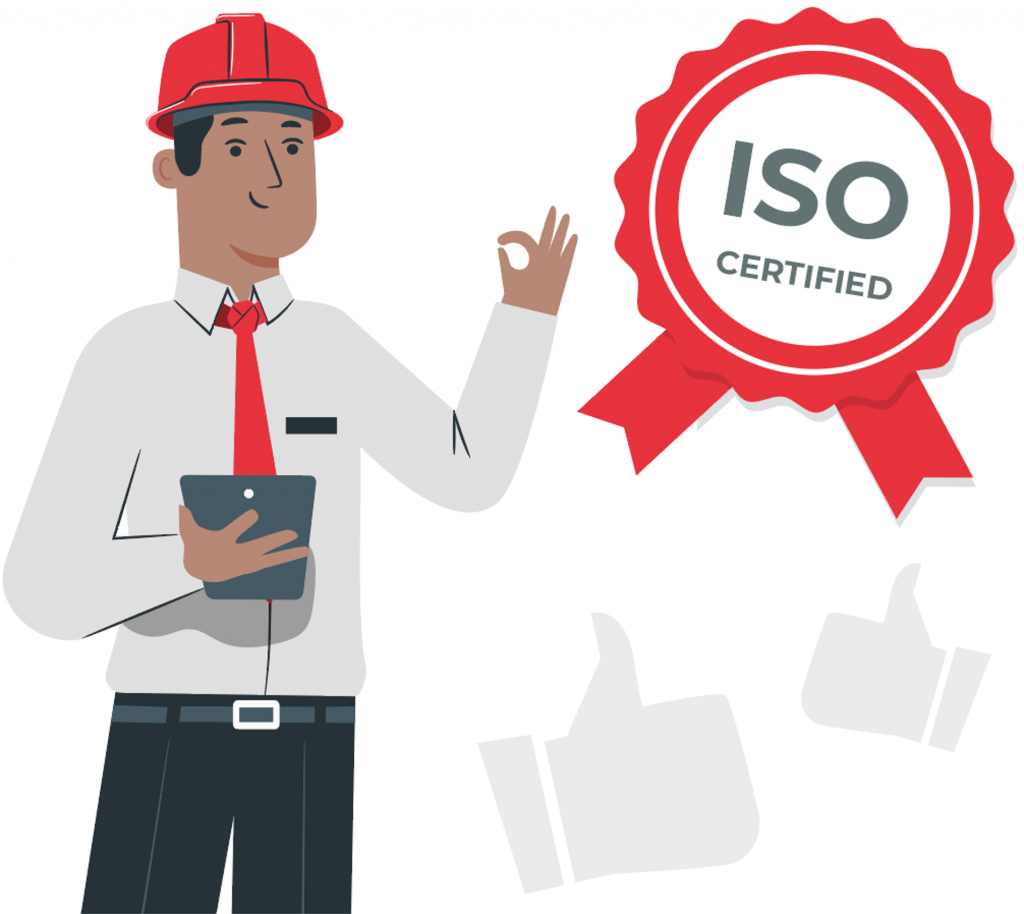Continuous improvement as a guiding principle: how do you interpret an ISO standard? Is it a slavishly to follow framework or a useful tool to improve?
In our opinion, all these standards are tools for continual improvement. The principle of continuous improvement is the guiding principle of the new High Level Structure (HLS) of ISO. After all, the chapters of the HLS follow the structure of the Deming Circle (plan-do-check-act (PDCA) cycle).
Management systems can, however, only generate continuous improvement if the system is supported by management. If leaders put their shoulders to it. The support has to be real. That is why the new HLS emphasizes on leadership: ‘Top management shall demonstrate leadership and commitment with respect to the quality management system by…’ (chapter 5 of ISO 9001:2015, p. 3)
How can you counter possible pitfalls,
with respect to the implementation of a management system?
The target is to build a pragmatic and workable system. But what are the possible pitfalls in the implementation of a management system? We give a number of tips to avoid common pitfalls:
- Never implement something without asking for input of the employees concerned.
- KISS: keep it stupid and simple! Too complex procedures are often not applied in practice. It has to be intuitive. How many buttons have you already used from your thermostat?
- Reflect before you start: what do you want to achieve with your system?
- Ensure that the relationship between input and output is understandable (avoid the ‘black box syndrome’)
Benefits of a working management system
Quality was initially only checked at the end of production. They then checked whether or not a product was of high quality and if not, it was decommissioned so that it did not reach the customer. Sustainability was not recognized. Through a system you will monitor the quality during the process, which is cost saving. If you are concerned with ‘how’ you produce something you build sustainability into the system. In other words, systems have created a transition: ‘focus on the product/service à focus on the process’. This has led to an enormous development of quality, environmental and safety awareness.
- Costs of decommissioning an end product are much higher than to intervene as an interim measure.
- By focusing on the process, quality control in the end of the production process is almost redundant.
- Quality control during the process ensures, as it were, the specifications of the end product.
A system can increase transparency and involvement.
A system forces you to act proactively instead of reactively
A glimpse ahead...
In 2015-versions of ISO the process is crucial. If we were to take a gamble, we would say that sustainability will be probably the central concept in the next versions of ISO. How can we connect our different systems (quality management system, environmental management system, safety management system…)? The HLS already prepares for this transition…
How can technology support a management system?
What technology do you use to support and facilitate your management systems? How do you monitor progress and continual improvement? How do you make KPI’s transparent so that the whole organization works at the same objectives? How do you report internal audits?
Discover the possibilities of our software to manage safety, environmental and quality certifications, or contact us for more information!


